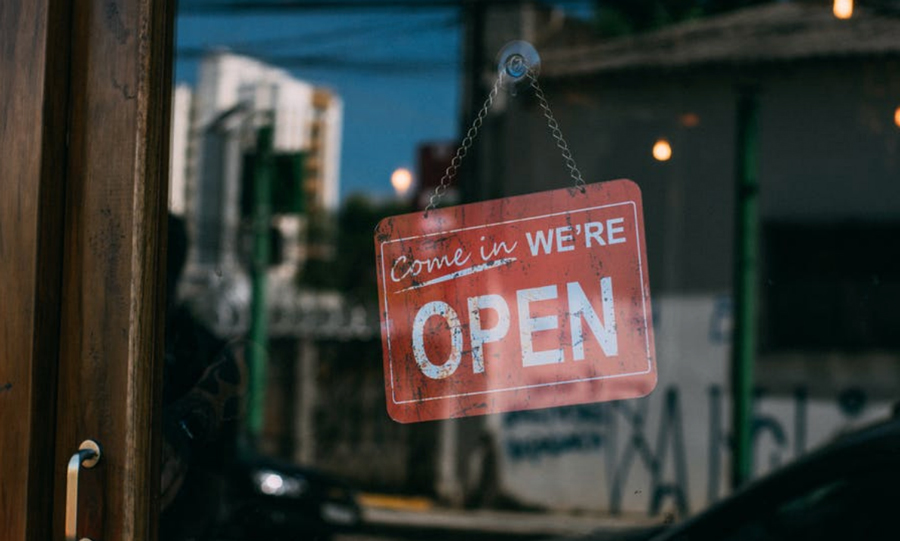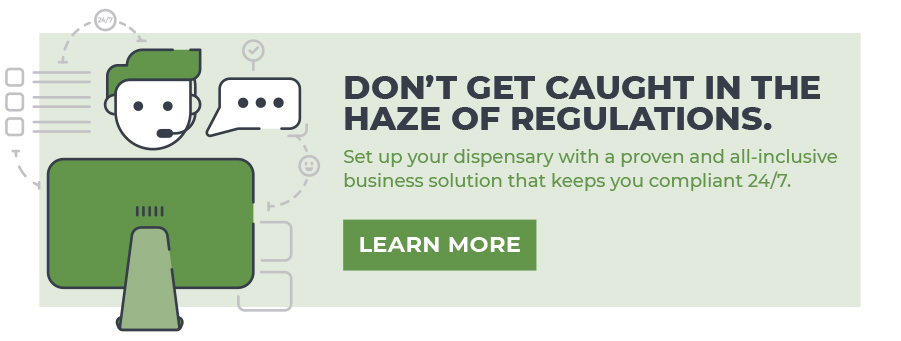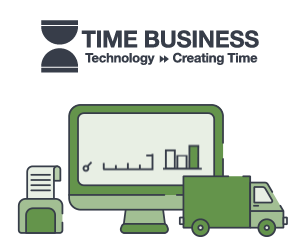
On October 1, 2018, the minimum wage in Alberta was raised to $15.00.
The increase was introduced to reduce poverty levels in the province, lessen the burden on social support programs, and improve the quality of life for vulnerable people.
However, for employers especially in the service industry, this change can make quite an impact on a quarterly (and annual) budget.
How wage changes affect employers
Despite the best intentions of politicians and policy creators, a hike in minimum wage always has an impact on businesses, and the changes run far past merely paying workers more. There will be additional payroll taxes, for example, that businesses have to pay, and longer hours for fewer staff.
Analysts have always warned that raising the minimum wage will have the biggest impact in the food services industry. In fact, it’s already begun.
The Hat is a longtime Jasper Avenue eatery that offers burgers, beers, cocktails and other pub favourites. Mike Bhatnagar, owner of the 100-seat restaurant, has noted the negative effects that have been affecting his business since wage hikes began. Despite raising menu prices, profits are continuing to decline month by month. In an effort to balance his sheets, Bhatnagar has reduced the number of staff at lunch and dinner times, and may now even have to close the restaurant entirely on Sundays.
Mo Blayways, the owner of two locations of 1st Round in Edmonton, has had to increase his menu prices by over 10% in the last three years.
“It’s a death by a thousand cuts,” said Blayways, who has 150 full-time and part-time employees. “At the end of the day, (the minimum wage increases) have been extremely damaging to our consumers and our employees.”
In order to compensate for the effects of wage pressure, restaurant owners have had to make changes to their business models. For example, the size of the section that employees must cover on a shift has nearly doubled. Sometimes, the dishwasher is no longer a position on shift. Additionally, servers have seen a drop in tips with menu price increases and are less satisfied with their jobs.
All in all, as a business owner (and especially a restauranteur), the recent increase in minimum wage is bringing with it a whole platter of new problems to deal with.
How employers can protect themselves
Although the effectivity is debatable, the Alberta government has provided the following services to help employers adjust to the wage increase:
- reduced small business tax rates from 3% to 2%
- introduced the Enhanced Innovation Voucher and Small/Medium Enterprises Support program
- created the Ministry of Economic Development and Trade to provide Alberta’s private sector job creators with a one-stop shop for economic development and diversification
- dedicated $34 billion over the next 5 years to support modern, efficient infrastructure for Alberta families and businesses
- provided more capital for ATB Financial and Alberta Enterprise to encourage investment in Alberta businesses
- expanded the mandate for the Alberta Investment Management Corporation
- reinstated the Summer Temporary Employment Program
- implemented the Canada-Alberta Job Grant, a six-year initiative with the Government of Canada to support employers in building a strong workforce through better-trained workers
- introduced the Capital Investment Tax Credit to encourage investment and support job creation
Introduce technology and streamline your internal processes
The provincial government will only do so much to protect you from the repercussions of wage change. The best way to minimize financial loss is by changing your business model to adapt to and anticipate future change.
For example, more and more quick service restaurants (QSR) and casual sit down locations are enjoying the benefits of the self-service model. Food kiosks in restaurants make it easier for customers to customize, pay for and pick up their orders, while also reducing the number of employees required on shift. Restaurants are leveraging food service kiosks and self-service models to automate ordering process, provide consistency, and to reduce business inefficiency and financial overhead.
In fact, in a study done by Tillster, it was revealed that only 18 percent of QSR customers surveyed had used a self-ordering kiosk in a period of three months, but that 60 percent said they would go to a QSR more frequently if kiosks were offered.
Changing your business model may mean that some of your internal processes will also require modification. Implement a POS system that will allow you to scale your business into a turn-key operation.
The Time Business POS system offers faster service, premium local on-site support, and cellular coverage to ensure your system is never down despite power outages or network failure. The system also has a comprehensive loss-prevention program to ensure employee theft is eliminated.
Find out more about how to maximize your optimize your business and maximize your ROI today.









